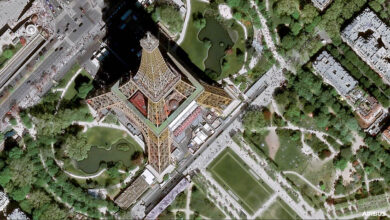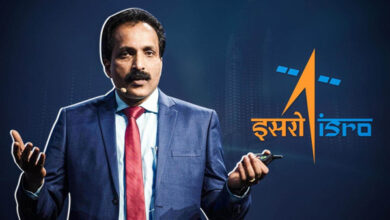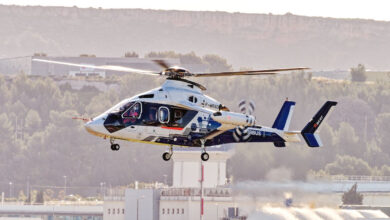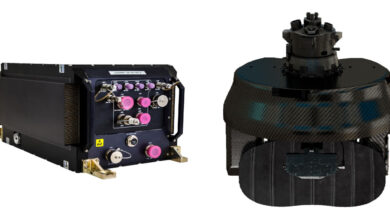ISRO brimming with Confidence on Successful Accession of Chandrayaan 3 on the Lunar Surface
By R. Anil Kumar
Bangalore, August 22. Russia’s Luna-25 crashing on the lunar surface on Sunday, created a momentary atmosphere of jittery in Indian Space Research organisation (ISRO).
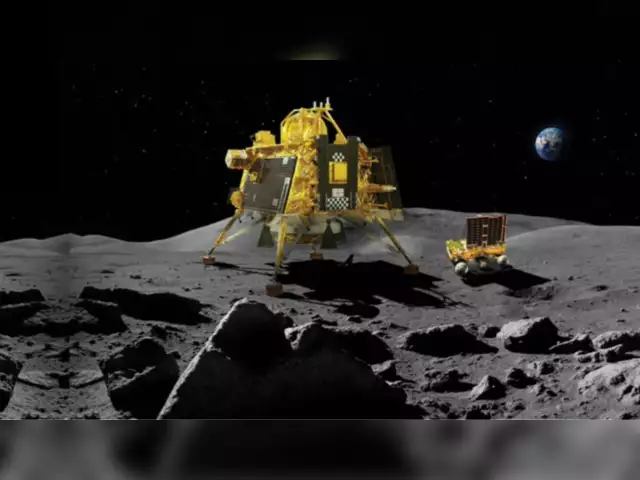
Chandrayaan 3 mission’s lander module with a rover in its belly is expected to touch down on the surface of the Moon around 6.04 pm on Wednesday, ISRO had said on Sunday.
However, Indian top scientists at ISRO are confident that India’s Chandrayaan-3 would reach the lunar surface carefully and successfully.
Live actions will be available on the ISRO website, its YouTube channel, Facebook, and public broadcaster DD National TV from 17:27 IST on Aug 23, 2023.
The Luna-25 spacecraft crashed into the Moon after it spun into an uncontrolled orbit, Russia’s Roscosmos space agency said on August 20. Communication with Luna-25 was lost at 2:57 pm (1157 GMT) on Saturday, Roscosmos said.
According to preliminary findings, the lander “has ceased to exist following a collision with the Moon’s surface”.
“Measures taken on August 19 and 20 to locate the craft and make contact with it were unsuccessful,” the space agency added.
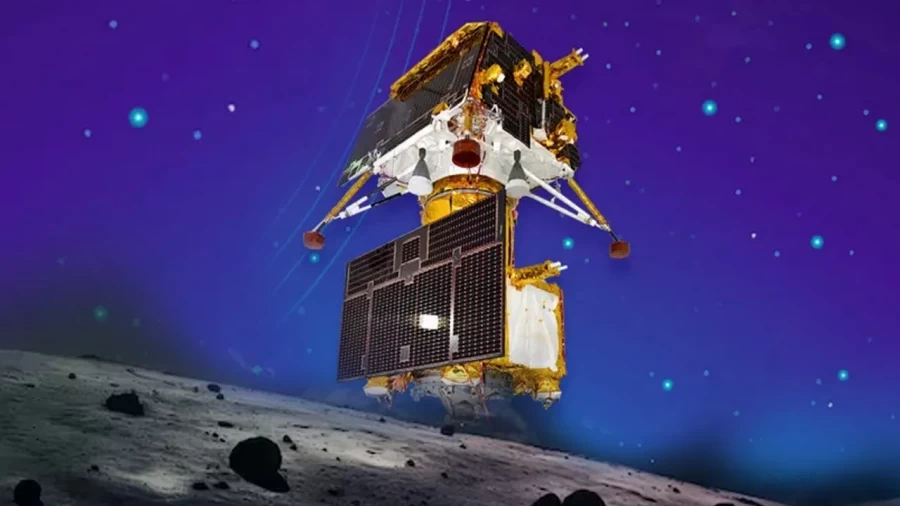
Why is South pole of the Moon a tricky landing surface?
The lunar far side is the side that faces away from the Earth and is sometimes also called “the dark side of the Moon” because so little is known about it. Scientists say landing there can be a tricky affair.
Rough terrain makes a south pole landing difficult for Chandrayaan-3 , but making a first landing would be historic, says Reuters.
ISRO said on Sunday that the lander module had been successfully lowered into an orbit closer to the Moon (of 25km by 134km) and is now waiting for the lunar Sun-rise to land.
If Chandrayaan-3 is successful, India will be first to land on the lunar south pole. It will also be only the fourth country to achieve a soft landing on the Moon after the US, the former Soviet Union and China.
What do Scientists say about Chandrayaan-3 landing on the Moon?
Scientists at ISRO have said they learned from the earlier moon mission’s failure and made changes to Chandrayaan-3 that would make a successful landing more likely, including making it possible to touch down safely anywhere within an expanded landing zone in adverse conditions. It has also been equipped with more fuel, more solar panels and sturdier legs.
On Monday, ISRO said the lander from Chandrayaan-3 has been mapping the landing area and taking images with its “hazard detection and avoidance” camera. ISRO said that the black-and-white images sent by this camera will assist them “in locating a safe landing area – without boulders or deep trenches”.
What is so special about the South Pole of the Moon ?
There’s a lot of interest in the south pole of the Moon which scientists think could hold frozen water and precious elements. It is sometimes also called “the dark side of the Moon” because so little is known about it. According to several media reports, citing experts, the region’s water ice could supply fuel, oxygen and drinking water for future missions.
What are the Primary objectives of Chandrayaan-3
The primary objectives of Chandrayaan-3 mission are threefold — to demonstrate safe and soft landing on lunar surface; to demonstrate rover roving on the moon, and to conduct in-situ scientific experiments.
Chandrayaan-3 Success, a Benediction
“If Chandrayaan-3 succeeds, it will boost India’s space agency’s reputation worldwide. It will show that India is becoming a key player in space exploration,”, say ISRO scientists.
It would also boost India’s reputation for cost-competitive space engineering. The Chandrayaan-3 was launched with a budget of about 6.15 billion rupees ($74 million), less than the cost to produce the 2013 Hollywood space thriller “Gravity”, according to Media reports.


